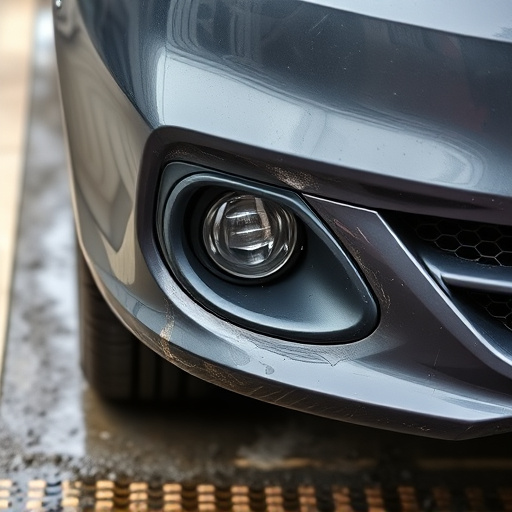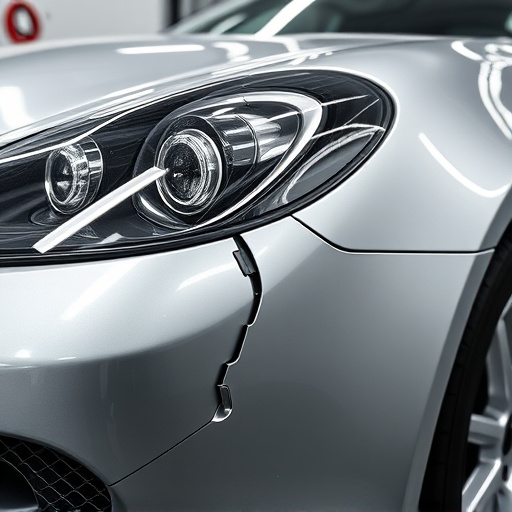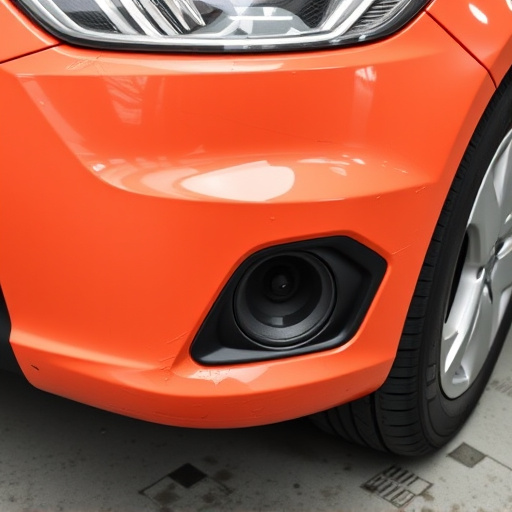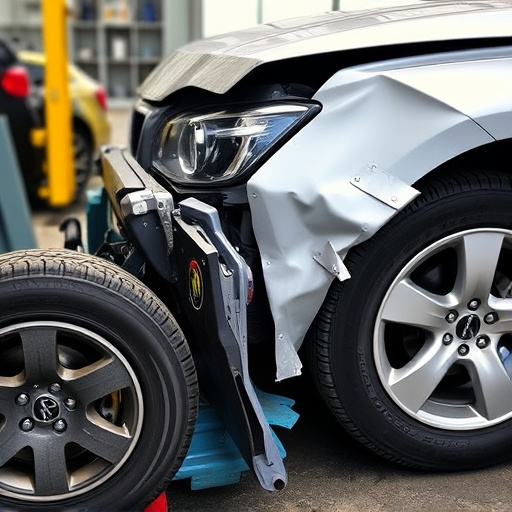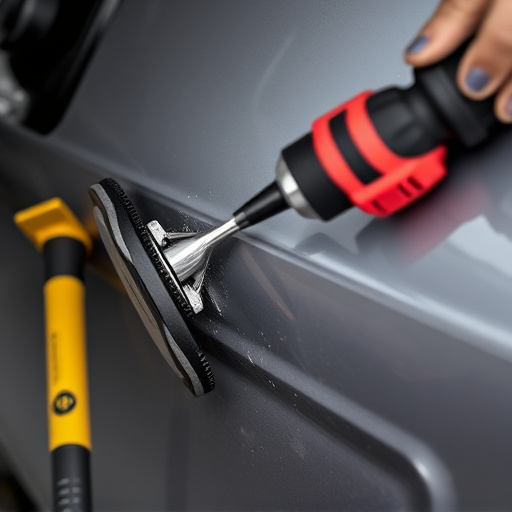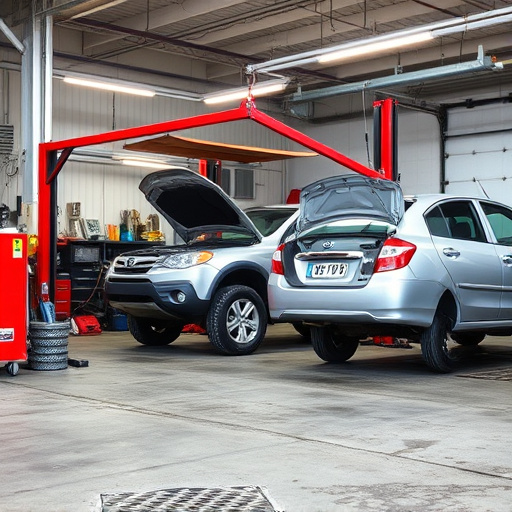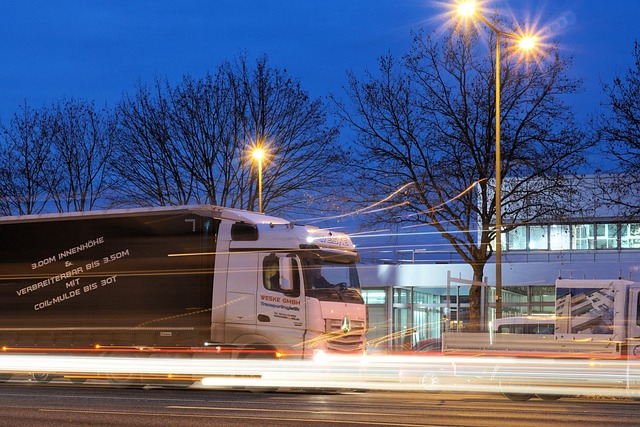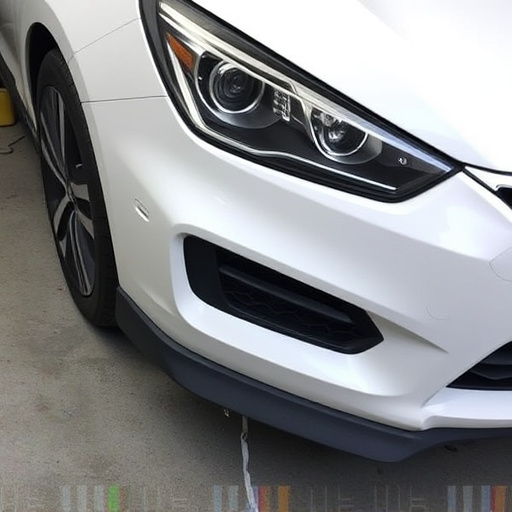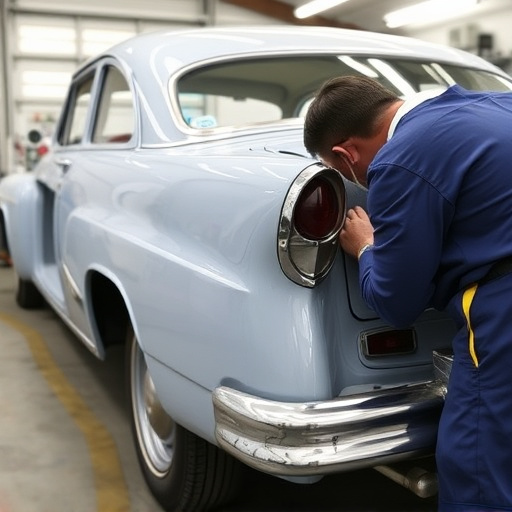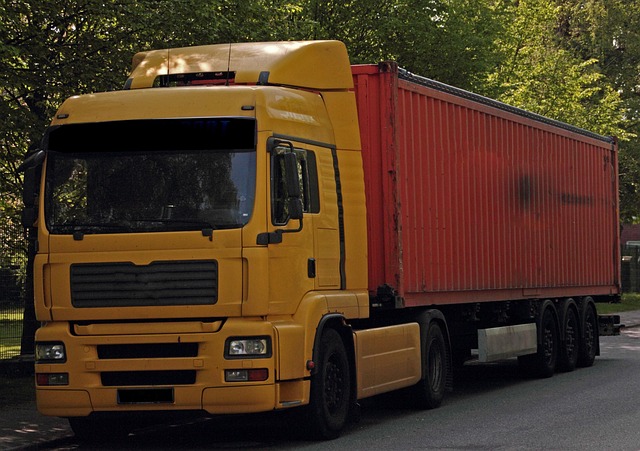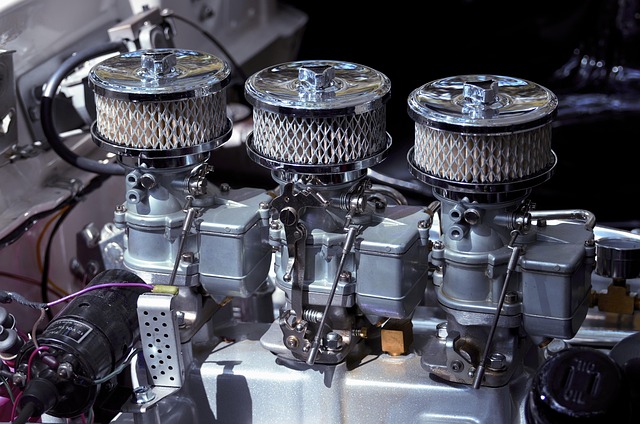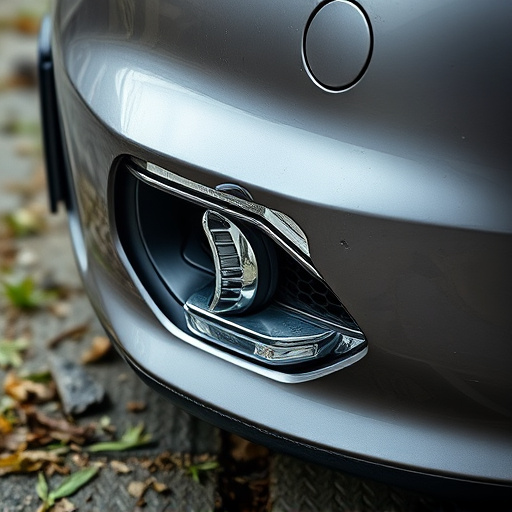After a vehicle crash, skilled technicians conduct a comprehensive assessment to identify damage and ensure structural integrity. They meticulously dismantle and extract parts, store or recycle them, and plan repairs using advanced tools. Structural repairs and precise reassembly are crucial, with quality control checks at every stage. Rigorous testing and final inspection ensure top-tier vehicle crash repair services.
When a vehicle experiences a crash, efficient and accurate repair is crucial for both safety and satisfaction. This article guides you through the key steps in the vehicle crash repair process. From initial damage assessment and safety protocols to meticulous dismantling, part extraction, and final quality control, each phase demands expertise. We’ll explore best practices ensuring your vehicle returns to its pre-crash condition, emphasizing the importance of skilled professionals in effective crash repair.
- Assess Damage and Safety Protocols
- Dismantling and Part Extraction
- Repair, Reassembly, and Quality Control
Assess Damage and Safety Protocols
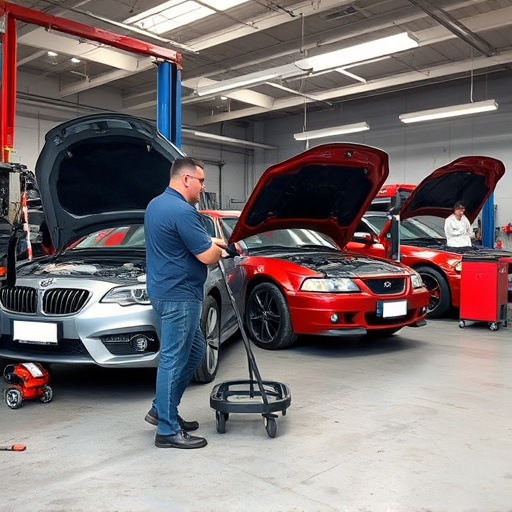
After a vehicle crash, the first step in any repair process is a thorough assessment of the damage and safety protocols. This involves a comprehensive inspection to identify all affected areas of the vehicle, including structural integrity checks, frame alignment, and damage to components like bumpers, headlights, and glass. Safety protocols are paramount; ensuring the vehicle is roadworthy and compliant with safety standards is non-negotiable for any reputable car body shop or collision repair center.
During this phase, skilled technicians also consider potential risks associated with the repair process itself, implementing necessary precautions to safeguard both workers and the environment. This includes preparing a detailed plan for disassembly, repair, and reassembly, utilizing advanced tools and techniques for collision damage repair to restore the vehicle’s pre-crash condition or better, as required by the client.
Dismantling and Part Extraction
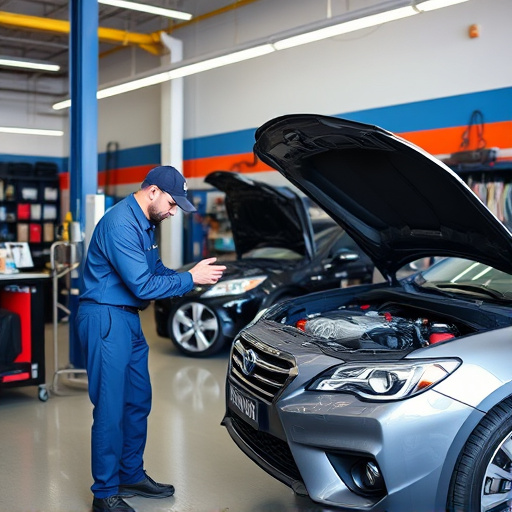
After a vehicle crash, the first step in the repair process is meticulous dismantling and part extraction. Skilled technicians carefully disassemble the damaged vehicle to assess the extent of the harm. This methodical approach ensures that every component is examined for repair or replacement. The process involves removing the affected car bodywork, including doors, fenders, and hoods, to gain access to the underlying structure.
During this phase, specialized tools are employed to extract damaged parts, such as auto glass replacement components. Each extracted part is then inspected, classified, and stored for either immediate reuse or later recycling, depending on its condition. Proper dismantling techniques are crucial for effective vehicle crash repair, enabling body shop services to maximize the use of existing parts and minimize costs while ensuring structural integrity and safety standards.
Repair, Reassembly, and Quality Control
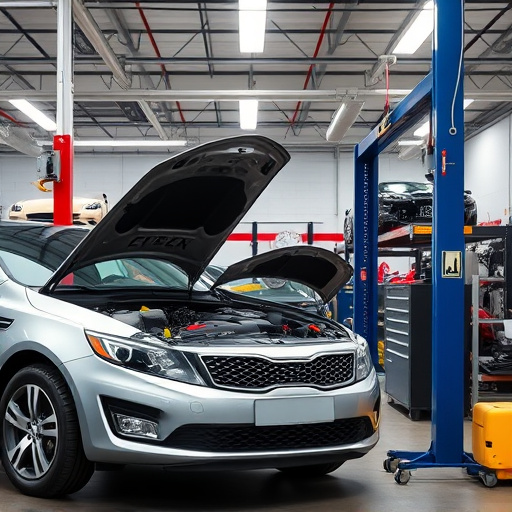
After the initial damage assessment and disassembly of the vehicle, the crash repair process enters a critical phase: repairing, reassembling, and ensuring quality control. Skilled technicians use advanced tools and techniques to fix structural components, replacing any damaged or crushed parts with high-quality, manufacturer-approved alternatives. This meticulous process involves precision welding, straightening panels, and realigning frames to restore the vehicle’s safety and structural integrity.
Reassembly begins once repairs are complete, with careful consideration given to each step. Technicians meticulously reassemble the vehicle, ensuring proper alignment and functionality of all systems. Quality control checks at every stage guarantee that only skilled technicians and top-tier vehicle repair services are utilized. This rigorous process includes testing key functions, checking paint repair for seamless blends, and verifying overall performance before final inspection and customer handover.
Vehicle crash repair is a meticulous process that demands attention to detail at every stage. From assessing damage and ensuring safety protocols are met, to dismantling for part extraction and subsequent repair, reassembly, and quality control – each step is crucial in restoring vehicles to their pre-accident condition. By following these key processes, professionals in the industry can guarantee not only structural integrity but also peace of mind for vehicle owners navigating a challenging time.
